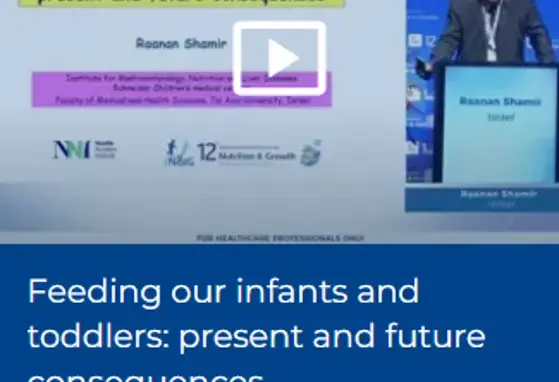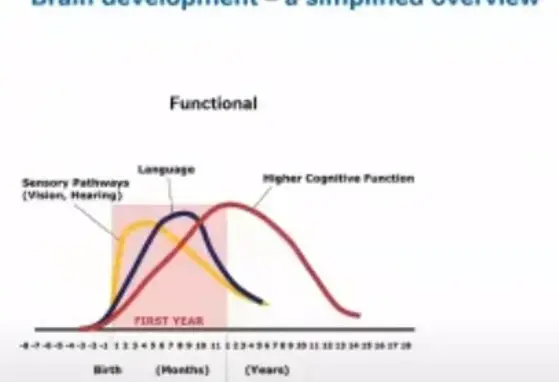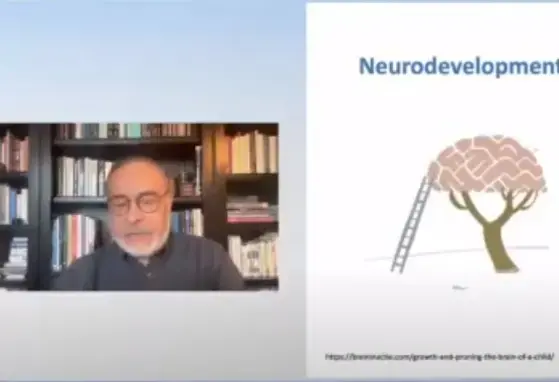Iron and micronutrient-enriched foodstuffs can fight against anaemia

Vietnamese success
In Vietnam, the National Institute of Nutrition in Hanoi and the IRD have been working together for over 10 years to combat the illness. An epidemiological study to be published in PLoS ONE emphasises the improvement in nutrition for Vietnamese women over a decade, probably due to economic development in the country and government intervention based on the work carried out by the research teams. With current rates of anaemia at 11% among women of reproductive age - as opposed to 25% in 2000 -, prevalence is now seen to be at a low level.
Treatments not always effective
Nutritionists have been tackling preventative strategies, particularly for women of reproductive age. The internationally-recognised treatment, and also the most common, consists of a daily dose of iron and folic acid (vitamin B9) as soon as pregnancy is announced. But this strategy is difficult in practice. Firstly, the initial consultation is frequently only made during the second trimester, or even the third in some countries, delaying treatment for mothers-to-be. Such supplements also have restrictions on the frequency of treatment, availability and cost. Lastly, the high doses of iron being administered can lead to side-effects - nausea, vomiting - and thus to fluctuating treatment, and also to haemoconcentration, which has a negative effect on the development of the foetus.
Less iron at an earlier date
Researchers have discovered that administering supplements once a week - with significantly lower level of iron as a result - is just as effective. There is one condition, however: treatment must begin at least three months before pregnancy and should be continued for the full term. Trials have indicated that nine months of daily treatment will reduce the prevalence of anaemia from 50 to 20% among women before pregnancy and during the first two trimesters of pregnancy. Iron levels were improved and the number of underweight infants was reduced.
The treatment programmes should thus target all women of reproductive age and create awareness beginning in adolescence. The benefit of this preventative approach is to provide optimal iron levels before pregnancy begins. In reality, the first trimester is the most important in terms of foetal development. As a result of the lower dosage, this method also reduces the risk of haemoconcentration during the final months of pregnancy. These studies have played a major part in the publication of a statement from the World Health Organisation to this effect.
Causes and consequences
Iron deficiency is linked to various factors including socio-economics, access to food, quality of foodstuffs, etc. Among women, it is largely due to iron loss during menstruation, iron levels not being replaced by nutrition during pregnancy, etc. Among infants, it is largely due to a lack of nutrition containing bio-available iron. The rice mush normally served to Vietnamese children in addition to breast-feeding is not enough, for example, to provide them with the required quantities of iron, which are particularly high between 4 and 6 months. Severe iron deficiency leads to anaemia. This disease is frequently also caused by a deficiency in other micronutrients (vitamins A and B12, folic acid, etc.), kidney failure or chronic inflammation.
The multiple consequences of these afflictions for women can be very serious: increased risk of morbidity and mortality for the foetus and the mother, premature birth and low birth weight, reduced resistance to infection, fatigue and reduction in physical capacity… Among young children, the disease affects growth and psychomotor development.
In conclusion, as relatively low dose iron supplement can reduce these symptoms, it now seems possible to compensate for deficiency through nutrition, especially by increasing the range of nutritional diversity and consumption of animal-based products among at-risk populations. As a result, the development of iron- or micronutrient-enriched foodstuffs also holds promise. Scientists are also encouraging the iron-enrichment of products that already form part of eating habits, such as nuoc mam in Vietnam.
Source:
http://en.ird.fr/the-media-centre/scientific-newssheets/399-the-fight-against-anaemia-a-more-effective-strategy
http://www.news-medical.net/news/20120606/Iron-and-micronutrient-enriched-foodstuffs-can-fight-against-anaemia.aspx
If you liked this post you may also like



Sunset Series on A Paediatric Update on Brain Development and HMOs

Sunset Series on Brain growth and development: Strategies for the Preschool years
